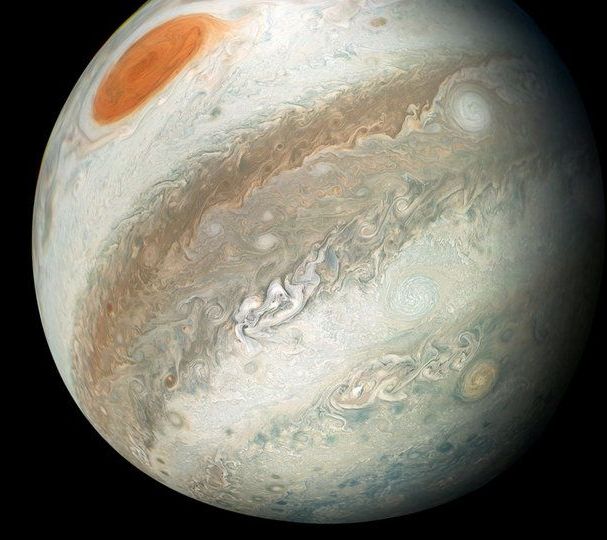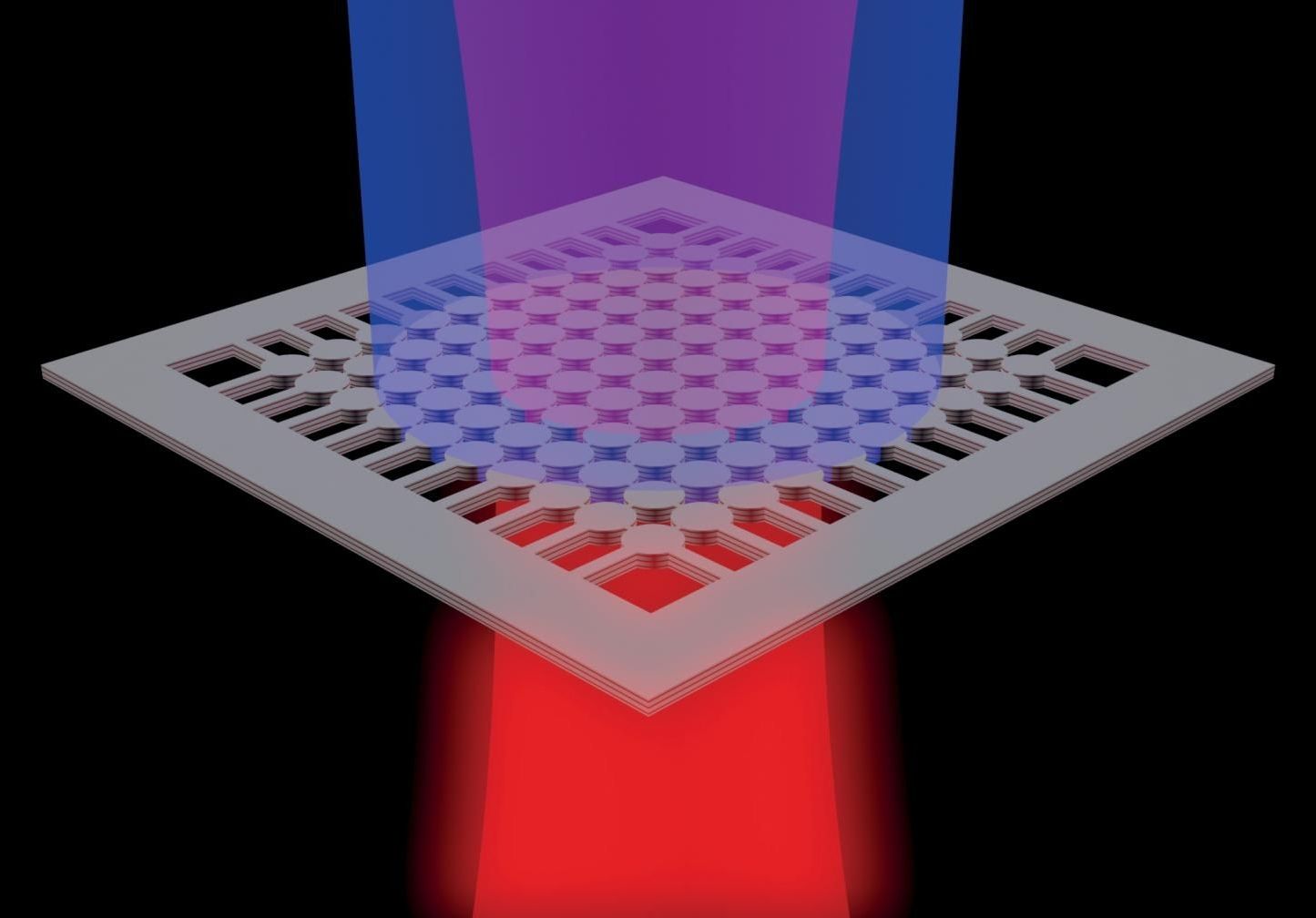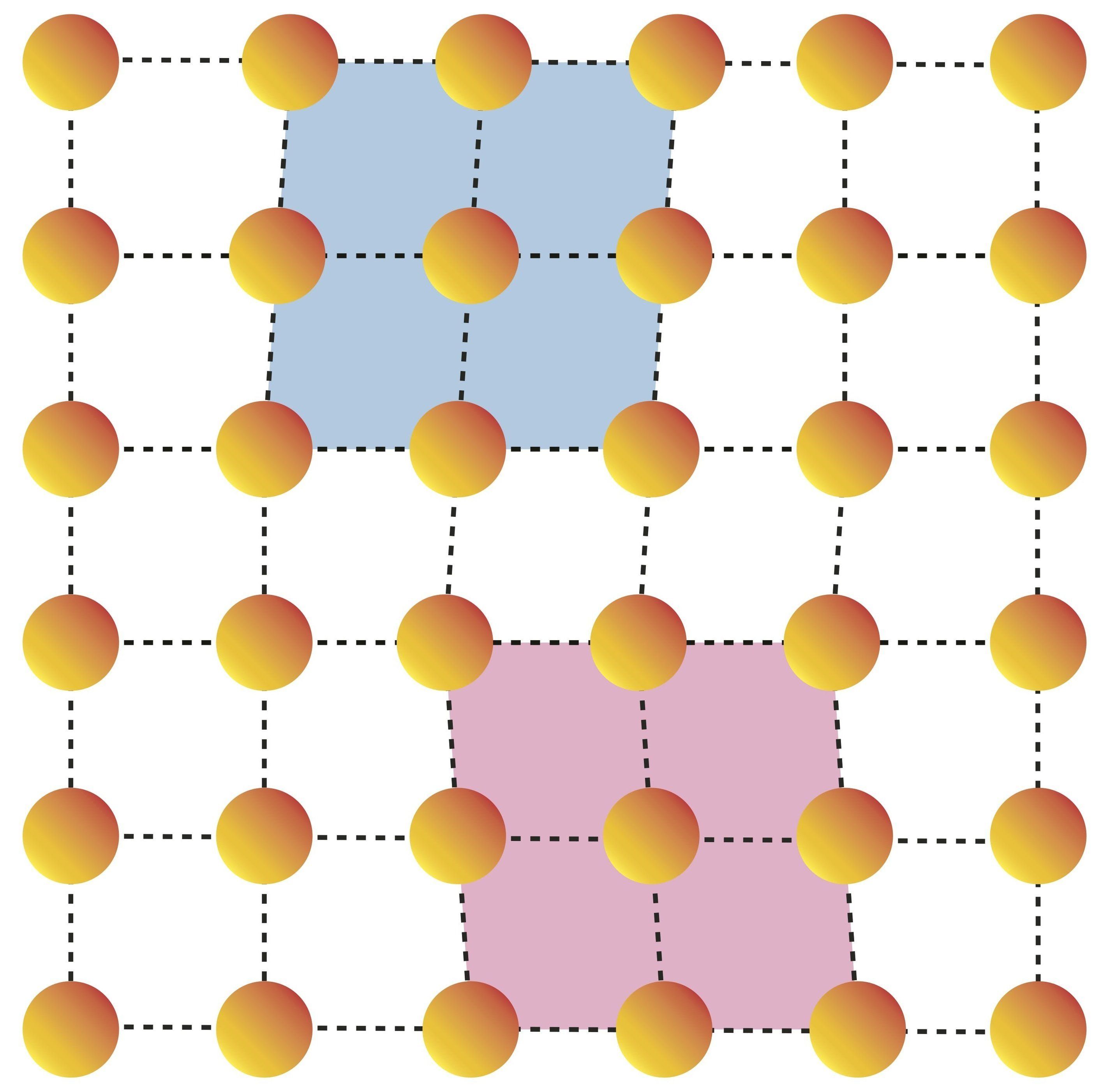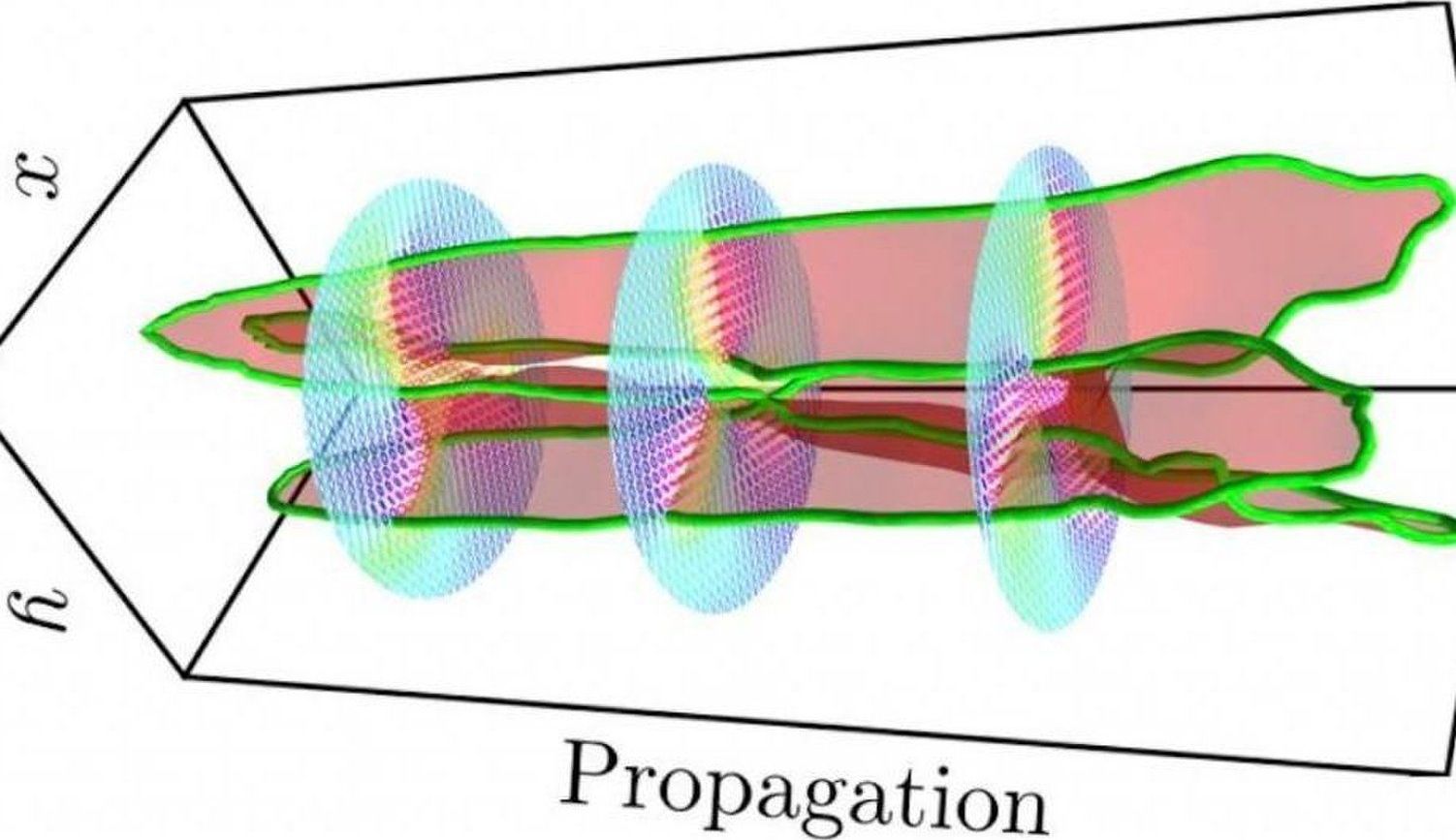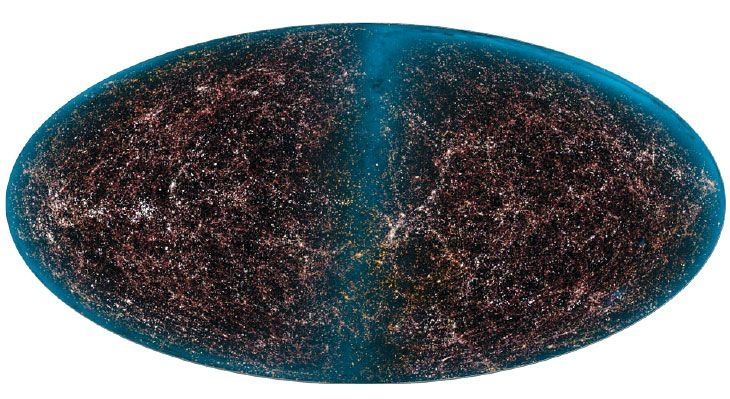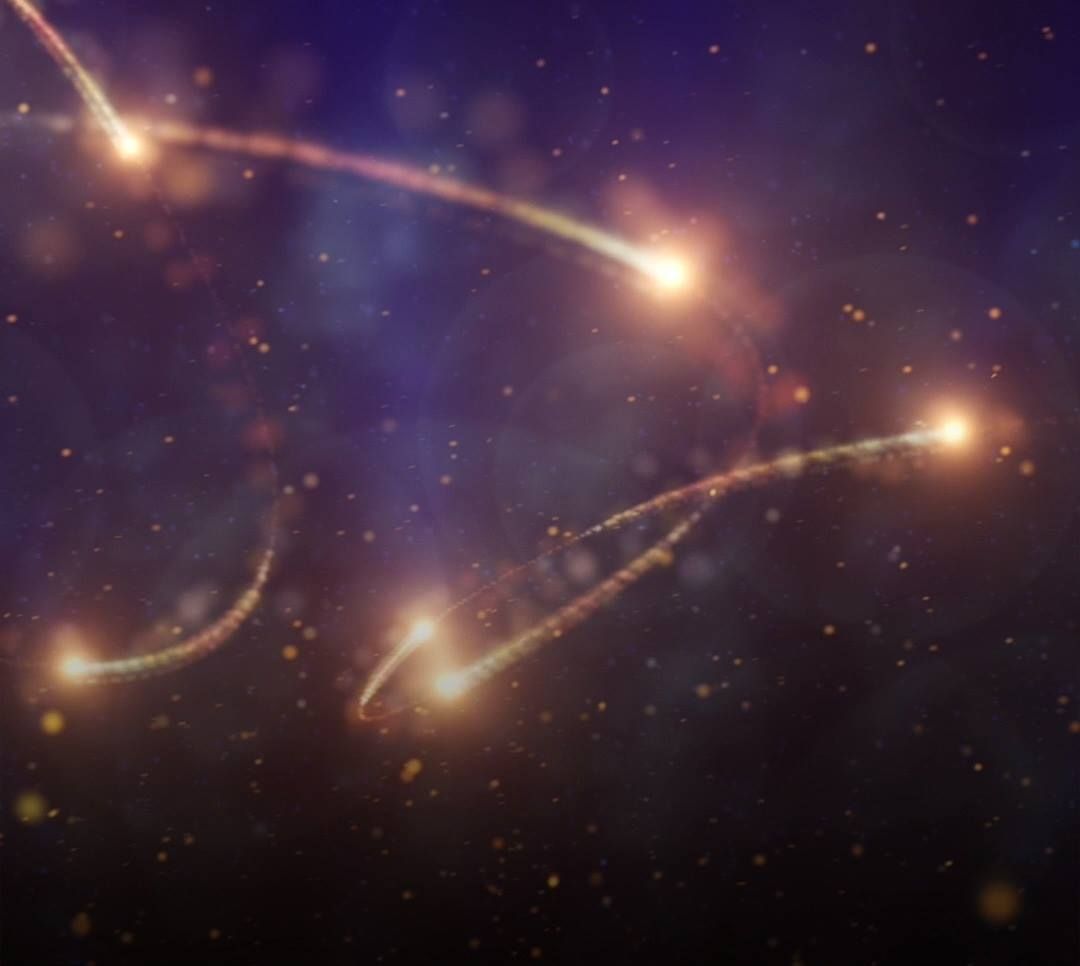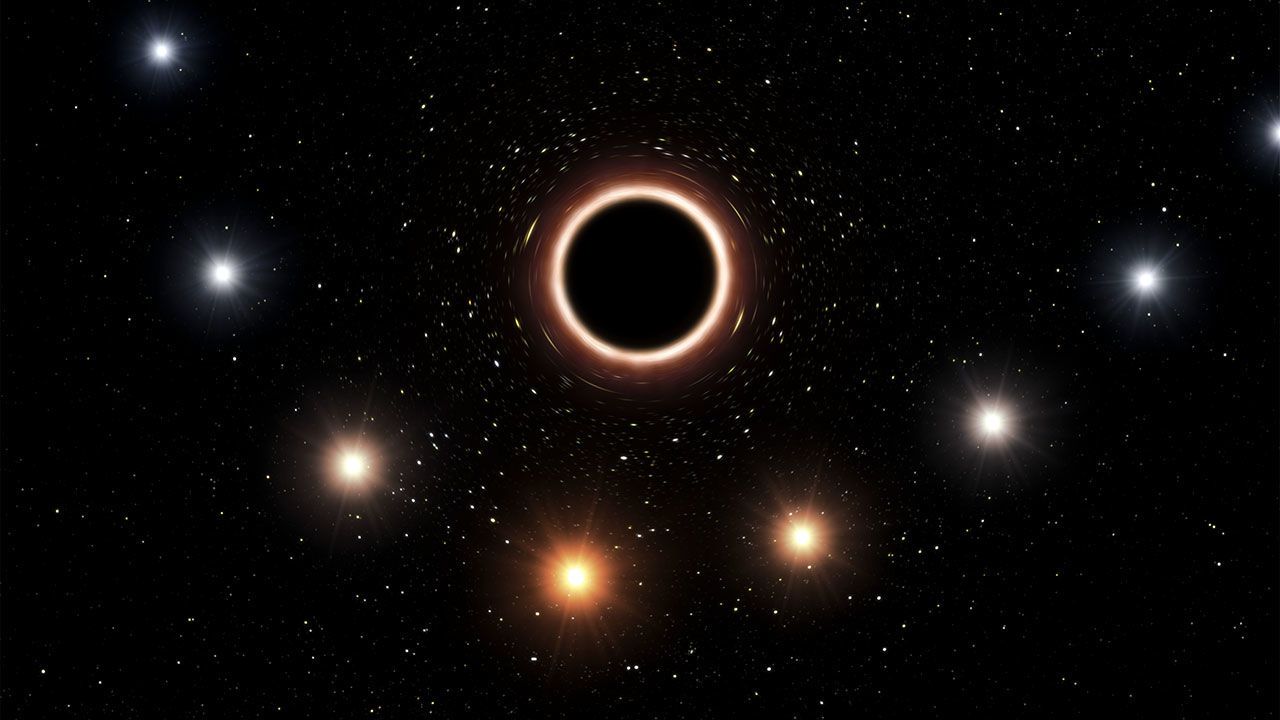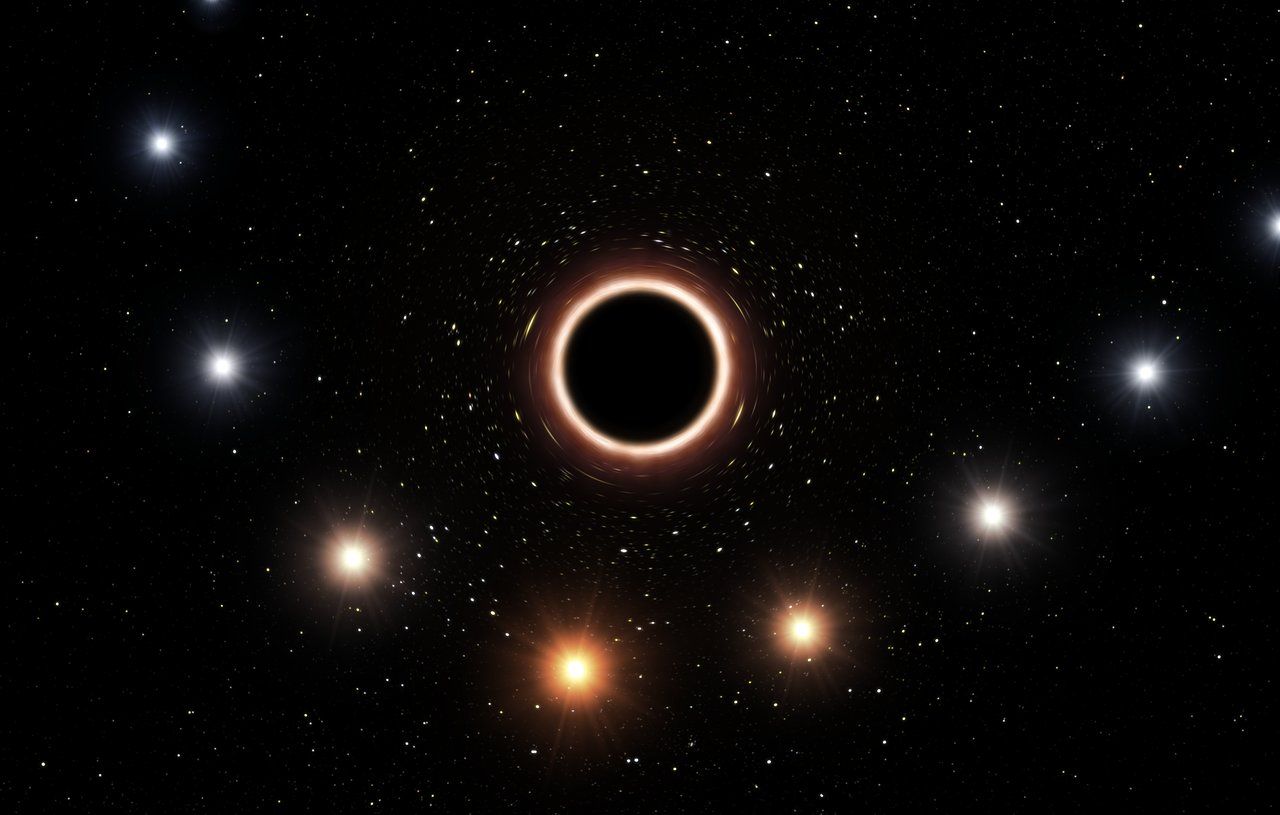For more than 20 years, a team of astronomers has tracked a single star whipping around the supermassive black hole at the center of our galaxy at up to 25 million kilometers per hour, or 3% of the speed of light. Now, the team says the close encounter has put Albert Einstein’s theory of gravity to its most rigorous test yet for massive objects, with the light from the star stretched in a way not prescribed by Newtonian gravity. In a study announced today, the team says it has detected a distinctive indicator of Einstein’s general theory of relativity called “gravitational redshift,” in which the star’s light loses energy because of the black hole’s intense gravity.
“It’s really exciting. This is such an amazing observation,” says astronomer Andrea Ghez of the University of California, Los Angeles (UCLA), who heads a rival group that is also tracking the star. “This is a direct test [of relativity] that we’ve both been preparing for for years.”
The star, called S2, is unremarkable apart from a highly elliptical orbit that takes it within 20 billion kilometers, or 17 light-hours, of the Milky Way’s central black hole—closer than any other known star. A team led by Reinhard Genzel at the Max Planck Institute for Extraterrestrial Physics (MPE) in Garching, Germany, has been tracking S2 since the 1990s, first with the European Southern Observatory’s (ESO’s) 3.6-meter New Technology Telescope in Chile’s Atacama Desert and later with ESO’s Very Large Telescope (VLT), made up of four 8-meter instruments. Ghez’s team at UCLA also began to observe the star around the same time with the twin 10-meter Keck telescopes in Hawaii.
Read more
